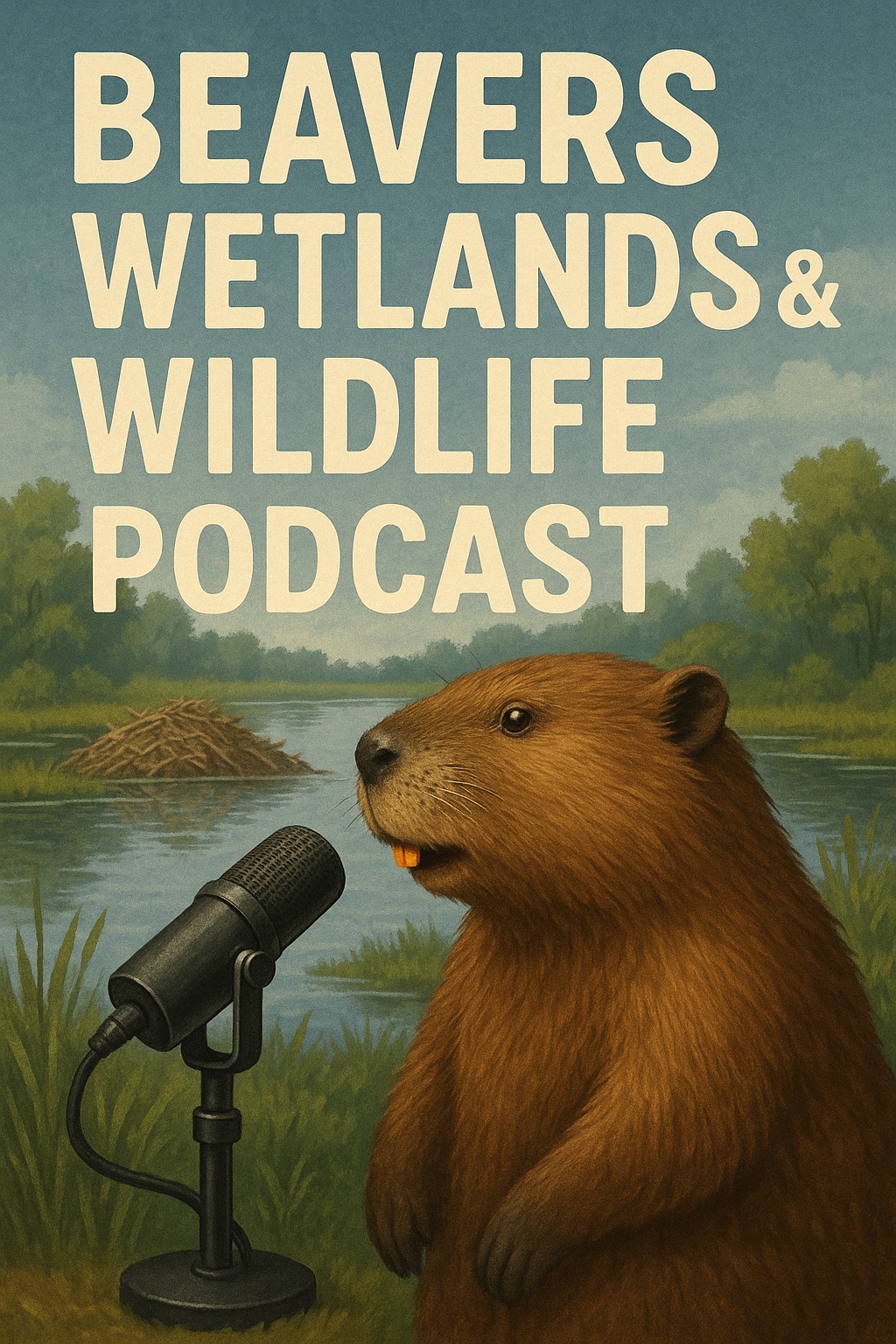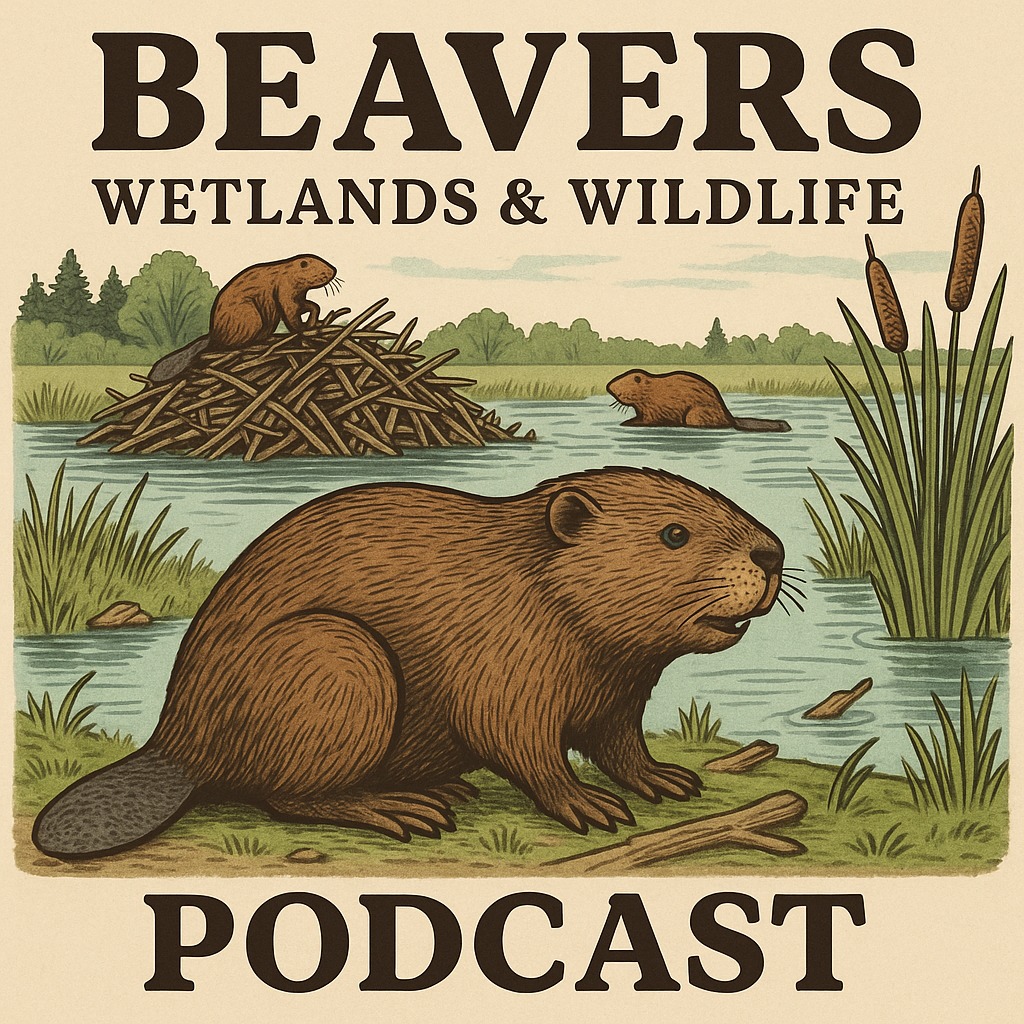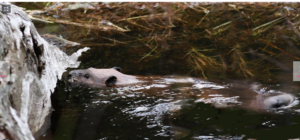I have learned in my travels that there are people who study beavers – their impacts, their benefits and their management, and people who observe beavers – their lives, their habits and their families. Long ago when I was first struggling to catch up to everything going on in Martinez I was told by my inspiration Bob Arnebeck not to worry about all the science I didn’t know yet, because actually watching and spending time with beavers was a very important way to understand them. Maybe even a better way.
Now with 15 years under my belt I understand that there are people who study beavers, people who observe beavers, and then there is Patti Smith.

When I became an observer of the beavers in my wild backyard, I already had a list in my brain entitled “Beaver Facts.” Fourteen years into the project, many entries have been scratched out or amended. “Facts” has been replaced with “Observations.” Among my teachers is Dew, a beaver I have known since she was born 11 years ago. I saw a lot of her for the first four years of her life when she lived with her parents, Willow and Bunchberry. Scratch “Beaver kits live with their parents for two years and then disperse
When she was five, I found Dew living at a remote pond. I visited her throughout the winter and spring and saw no sign of another beaver. When I returned in September, I found a beaver kit swimming behind her, along with a shy mate I named Ilex. Since Dew had been living alone during the late-winter mating season, I was baffled by the presence of the kit. I later found that Ilex had been maintaining separate quarters at another pond upstream. Sometimes the couple lived together and sometimes they didn’t. They must have gotten together for a “date” in February. So much for “Beavers live in nuclear family units — a mated pair and their offspring.”
Take this as proof that beavers DO NOT READ THEIR OWN RESEARCH. They make decisions based on a secret data log known only to themselves. They disperse, or don’t disperse, they marry or don’t marry, they raise a family, or don’t raise a family, they build a dam or do not build a dam. They are free to decide their fate and they exercise that freedom.
• Dew arrived, alone, in mid-December, at a new site below my house. I do not know what calamity led to such a desperate act. According to the list of Beaver Observations, by December beavers have finished their preparations for a season under the ice and snow. Because Dew is of heroic stock, she succeeded in establishing a homestead and finding food in the heart of winter.
I have heard biologists sniff disdainfully that it is never a good idea to “name” an animal you are studying. You can see the steady dedication of this in the field as they refer to their tracked targets as “P-22 or B-51”. At first blush this appears so much more rational and distant. Like the behavior of real scientists.
But after a while you start to notice that these appellations are just NAMES – (albeit particularly charmless ones). When my naturalist buddies on facebook are discussing a wolf or puma that got hit by a car they all use the proper title – but with just as much affection as if it had been named Dewdrop or Willow after all. “P-17 was killed crossing the 405” they mourn numerically. And you can still feel the sorrow.
• Dew survived an attack by a bear, almost certainly the same bear that killed her mother, Willow, the previous fall. Once Dew recovered, she moved in with Henry, Willow’s widower, and since I’m using definitions applied to human families, we’ll call him her step-father.
I now resume the untold chapters. Early the next winter, Henry disappeared, probably victim of a predator. Dew remained alone through the next year and prepared for winter at a new site. When I skied upstream during a frigid spell in January, I discovered her tracks by a hole in the ice upstream from her lodge and food supply. I couldn’t find any openings in the ice that would allow her to return home. Because she is of heroic stock, I assumed she would find a way back.
Back when I myself was a beaver observer, I saw a few things that even I didn’t believe. Take “Reed” for instance. S/he was one of the three orphans left behind when our first female died. I always thought of him as a male but I’ve come to understand him as female now. Reed had the unique habit of only building dams with reeds – (hence the name). Her tightly woven dams were packed with tulles and looked like baskets. One morning not too long after the father returned from his time away I saw him swim up to the secondary dam where she was working – weaving. He was floating a big tree trunk beside him and earnestly suggesting this should be on the dam.
The observer in me saw him lift that trunk onto the dam. And just as clearly watched Reed push it back down off the dam. The psychologist in my head filled in the lines “Son, we use logs when we build:” But the young architect ignored this advice. “I have to do it my own way father”.
And she did. Dad never interfered again, and Reed never used trees. She dispersed a few months later and when I saw the first woven dam in Napa I wondered if it was hers.
I returned to search for Dew in late spring. Her half-sibling, Gentian, had spent the winter just below my house. I checked in with her first, and then worked my way upstream looking for signs of beaver activity. At Dew’s winter home, I found her intact food cache. As I continued on, I found beaver activity from the past few months, but not the past few days. I arrived at Popple’s Pond, a mile from my starting point, and decided it was time to turn back. First, I would walk across the dam to see if there was any sign of life in the little pond just below. In the middle of the dam someone had deposited a fresh armload of mud. “Dew?” I asked, hopefully. Sure enough, a beaver appeared from the ruins of a lodge and swam toward me. I headed for the shore and a reunion. The beaver who climbed up to join me was the skinniest beaver I have ever seen. I suspect she had, indeed, survived the winter cut off from her food supply.
EEK! A skinny beaver!
In the ensuing weeks, she has put some weight back on. We have shared the golden light of many evenings. This week, as she raised herself to eat an apple, I noticed that her belly was exceptionally large and that she had visible nipples. Dew is going to have kits! How is this possible? The only local beaver I know of is Gentian. You know, the half-sibling who lives a mile downstream. I have assumed the two are sisters since even closely related beavers will form a pair bond if there is no other choice. Maybe Gentian is a male and they decided to mate during a spring thaw, but not live together? Could there be another beaver I haven’t found who is living in his own lodge upstream? Perhaps the answer is immaculate conception? I’ll let you know if a beaver kit with a halo appears. That will be a new one for my list of Beaver Observations.
I don’t know how Dew found herself pregnant, I don’t know why beavers build dams with reeds when there are perfectly good trees available. But you don’t either. And I have learned we are better off just watching than pointing reflexively to the science.
Thanks Patti.







 Pumpkin has always had important things to do. Beavers’ lives depend upon creating and maintaining the watery world that keeps them safe. Because he is an orphan, however, his work has been stymied. How does one deepen a metal tank? How can one harvest building materials on the other side of a fence?
Pumpkin has always had important things to do. Beavers’ lives depend upon creating and maintaining the watery world that keeps them safe. Because he is an orphan, however, his work has been stymied. How does one deepen a metal tank? How can one harvest building materials on the other side of a fence?  HALIFAX — Keystone species are those that have a disproportionately large effect on their habitats. “They help maintain biodiversity and there are no other species in the ecosystem that can serve their same function,” wrote Amy McKeever, for
HALIFAX — Keystone species are those that have a disproportionately large effect on their habitats. “They help maintain biodiversity and there are no other species in the ecosystem that can serve their same function,” wrote Amy McKeever, for 



































